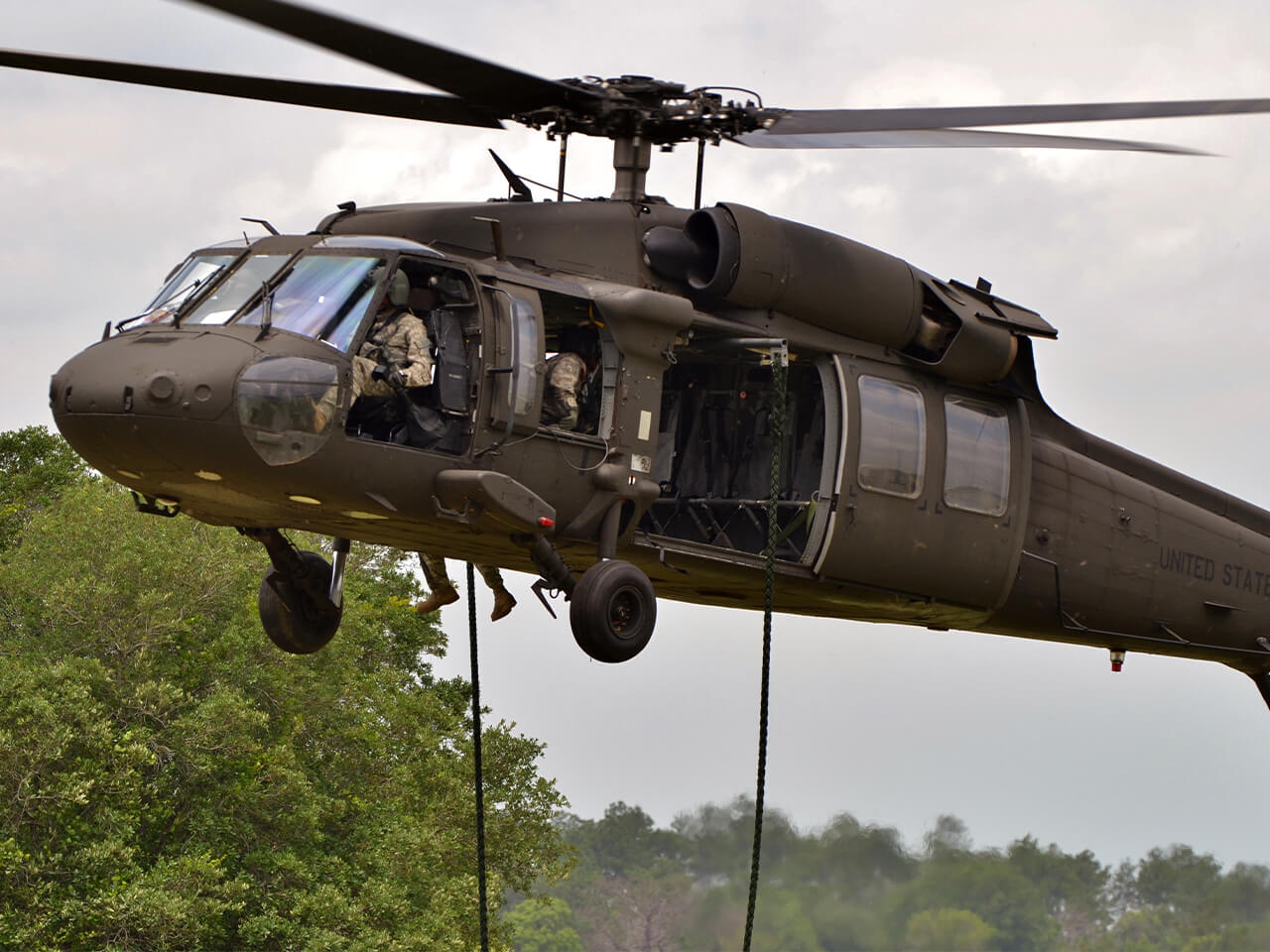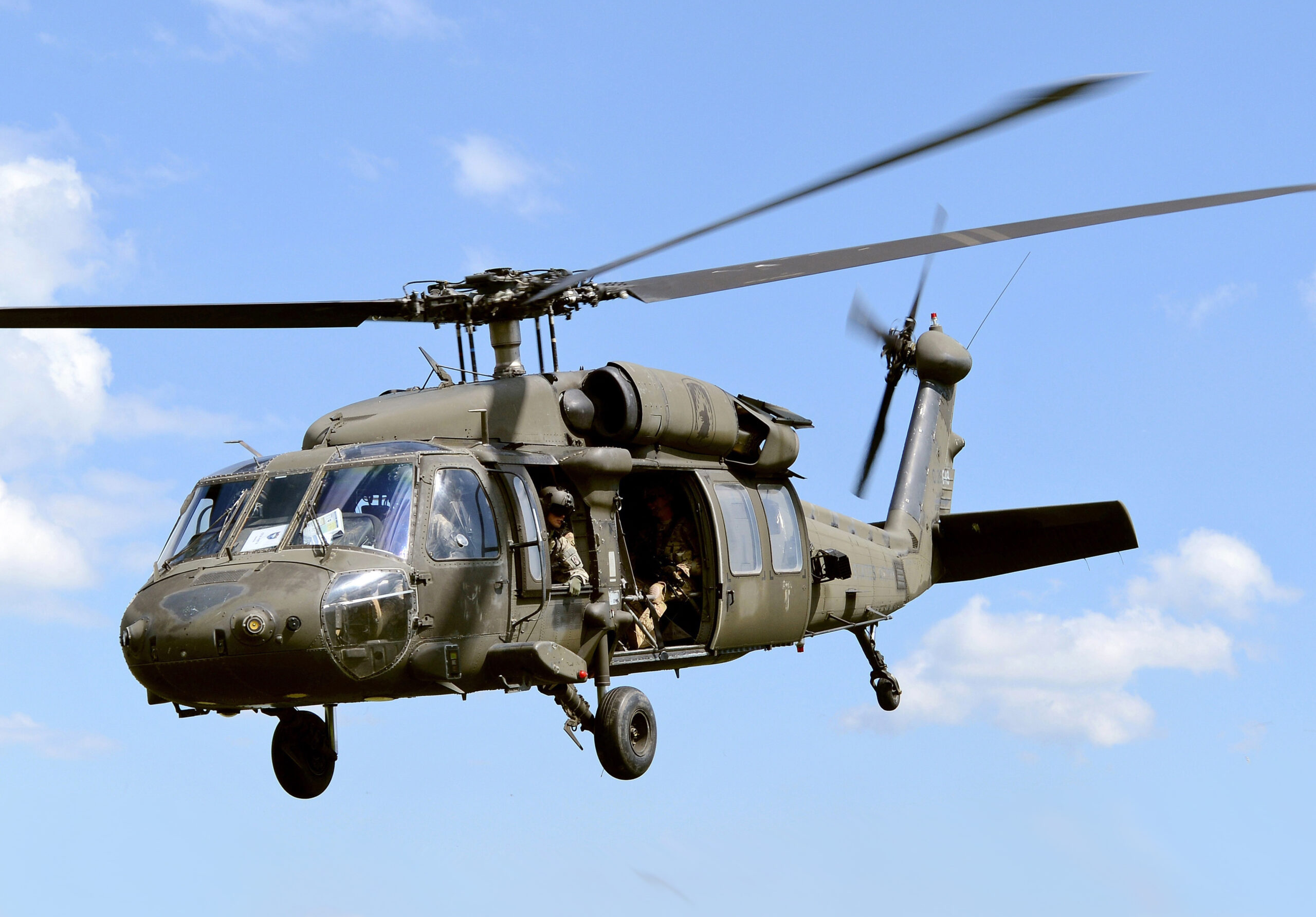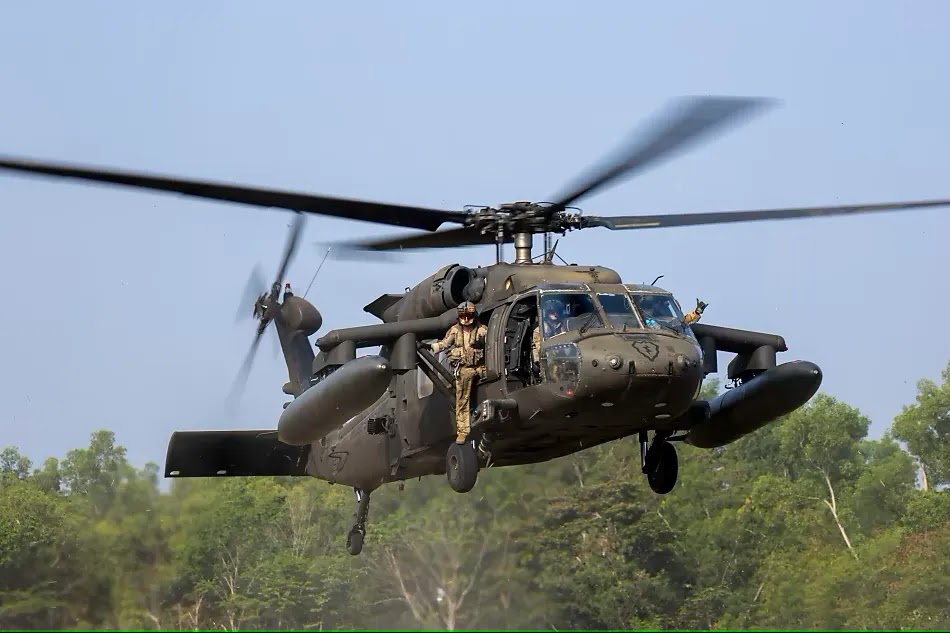How the UH 60 Revolutionized Tactical Air Mobility and Combat Support
How the UH 60 Revolutionized Tactical Air Mobility and Combat Support
Blog Article
Checking Out the Background and Development of the UH 60 Helicopter

Origins of the UH-60
The origins of the UH-60 helicopter can be traced back to the late 1960s, a period marked by the requirement for a versatile utility aircraft that might adapt to the evolving demands of modern-day warfare. The united state Army acknowledged the requirement for a substitute for the older UH-1 Iroquois, which was becoming increasingly inadequate for the complexities of modern combat scenarios. In 1967, the Army launched the Utility Tactical Transportation Aircraft System (UTTAS) program, which sought to develop a multi-role helicopter with the ability of various missions, including army transportation, clinical emptying, and logistical assistance.
The style competition attracted several aerospace manufacturers, but it was Sikorsky Airplane Company that eventually protected the contract in 1972. The UH-60 Black Hawk was introduced, showcasing cutting-edge style elements and progressed technology that set it apart from its predecessors. Its initial flight occurred in 1974, and the airplane was formally embraced by the Army in 1979. The UH-60 promptly obtained recognition for its robust efficiency, reliability, and adaptability, leading the method for its comprehensive usage in armed forces operations and strengthening its condition as a foundation of U.S. Army aeronautics.
Key Style Attributes
Ingenious layout functions of the UH-60 Black Hawk considerably add to its functional performance. Among one of the most significant facets is its twin-engine setup, which improves integrity and provides a higher power-to-weight proportion, enabling the helicopter to execute under various problems. The airplane's four-blade main blades system offers enhanced lift and ability to move, crucial for tactical goals.

Additionally, the cabin is designed for optimum presence and functional designs, featuring sophisticated avionics that improve pilot procedures. The modular style of the UH-60 permits for simple maintenance and adaptability, making it appropriate for various objective accounts, from troop transportation to medevac operations. These crucial layout attributes guarantee that the UH-60 Black Hawk continues to be a versatile and dependable possession in army aviation, efficient in satisfying the needs of modern-day war.
Technical Improvements
Recent technological improvements in the UH-60 Black Hawk have actually significantly improved its functional capabilities and flexibility. The assimilation of advanced avionics, such as electronic trip control systems and boosted situational awareness screens, permits pilots to operate with increased precision and effectiveness. These systems facilitate boosted navigation, communication, and information sharing, making it possible for the helicopter to work properly in varied settings.
In addition, the introduction of composite materials has actually decreased the general weight of the airplane while maintaining structural integrity. This decrease enhances fuel official source effectiveness and prolongs operational range. The unification of advanced rotor technology, including making use of four-blade, totally expressed blades systems, has actually boosted lift performance and ability to move, permitting better handling in various trip conditions.

Additionally, innovations in propulsion systems, such as the T700-GE-701D engines, have actually boosted power outcome and integrity - uh 60. These engines add to exceptional performance in high-altitude and hot-weather problems
Finally, the combination of self-defense systems and improved sensing unit plans improves the Black Hawk's survivability and mission effectiveness. Jointly, these technological renovations make have a peek at this site certain that the UH-60 Black Hawk stays an important asset in modern-day aviation, with the ability of adapting to the developing demands of humanitarian and army objectives.
Role in Military Operations
As the foundation of U.S. Army air travel, the UH-60 helicopter plays a critical duty in different army operations, offering as a functional platform for fight support, transportation, and medevac missions - uh 60. Its design includes the ability to run in varied settings, making it vital for army motion and logistical assistance in both traditional and non-traditional war

In medical discharge circumstances, the UH-60 has actually confirmed vital, substantially minimizing the moment to transfer damaged soldiers from the combat zone to medical centers. Its sophisticated avionics and night vision capabilities better make sure mission success under challenging conditions. On the whole, the UH-60 helicopter stays an important asset, continually adjusting to meet the advancing demands of military procedures and improving the effectiveness of united state forces worldwide.
Future of the UH-60
Looking in advance, the future of the UH-60 helicopter entails substantial developments in modern technology and abilities made to improve its functional efficiency. As armed forces procedures develop, the UH-60 is anticipated to include advanced modern technologies, including boosted avionics, look at this site enhanced tools systems, and advanced communication devices. These enhancements will certainly enable better situational understanding and goal flexibility, ensuring that the UH-60 stays a vital possession on the battlefield.
One noteworthy growth is the integration of fly-by-wire systems, which will certainly boost flight control precision and minimize pilot workload. Efforts to update the airframe and engines aim to raise variety, payload, and speed capability, therefore expanding the helicopter's operational scope.
The future also holds pledge for increased interoperability with unmanned airborne systems (UAS), enabling coordinated missions that leverage both manned and unmanned abilities. Furthermore, the consolidation of man-made intelligence and machine understanding could optimize trip characteristics and upkeep procedures, bring about minimized functional costs.
Conclusion
The UH-60 Black Hawk helicopter represents a considerable accomplishment in military aeronautics, advancing from the U.S. Army's first demands for a flexible utility aircraft. Its innovative layout functions and constant technological innovations have guaranteed its relevance in different army procedures over the decades. As the demands of modern-day warfare change, the future of the UH-60 will likely entail additional enhancements and adjustments, reinforcing its condition as a vital property for armed pressures worldwide.
The UH-60 Black Hawk helicopter represents a substantial milestone in armed forces air travel, emerging from the United state Military's mission for a more trustworthy and versatile energy aircraft in the late 20th century.The origins of the UH-60 helicopter can be traced back to the late 1960s, a duration marked by the demand for a flexible energy aircraft that could adjust to the evolving needs of modern warfare. Overall, the UH-60 helicopter stays a crucial asset, continually adapting to satisfy the evolving demands of military procedures and boosting the effectiveness of United state pressures worldwide.
Looking ahead, the future of the UH-60 helicopter entails significant improvements in modern technology and capabilities designed to boost its functional effectiveness.The UH-60 Black Hawk helicopter represents a substantial success in armed forces aeronautics, evolving from the U.S. Army's preliminary needs for a functional utility airplane.
Report this page